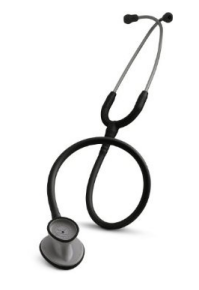A recent decision from the New Jersey Appellate Division serves as reminder of the importance of maintaining effective infection control measures in a provider’s office or face the harsh consequences of the licensing board.
|
|
||||
|
Last year the Occupational Safety and Health Administration (OSHA) adopted a new OSHA Hazard Communication Standard. The new standard is now aligned with the United Nations’ Globally Harmonized System of Classification and Labeling of Chemicals. All dental and medical providers, pharmacies and other healthcare employers must comply the Hazard Communication Standard as well as other applicable OSHA standards. Most healthcare providers are aware of the need to comply with the Occupational Health And Safety Act (OSHA) to assure, so far as possible, safe and healthful working conditions for their office staff. Here is a quick checklist of the annual OSHA requirement: You have patients in the waiting room, two patients in exam rooms, your receptionists has a question for you, and right as your cell phone goes off, your assistant is asking you about a prescription. And when the sun sets, you are returning calls to patients and colleagues. OSHA compliance may not be at the On September 8, 2011, the Occupational Safety and Health Administration issued its first directive on Enforcement Procedures for Investigating or Inspecting Workplace Violence Incidents. The directive provides guidelines and general policies and procedures that apply when OSHA investigators conduct an inspection under a national, regional or local emphasis program or in response to incidents of |
||||

